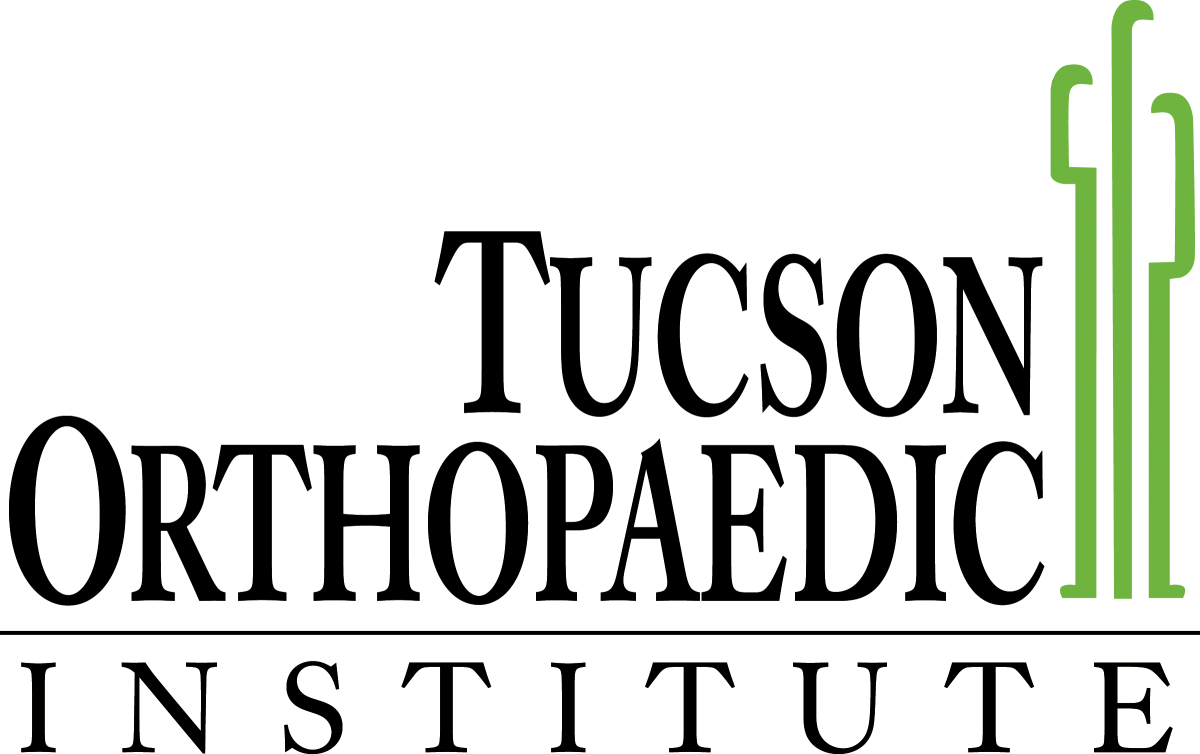What is Osteoarthritis of the Elbow?
Osteoarthritis of the elbow is a degenerative condition that results from the wear and tear of the cartilage surface of the elbow.
Types and Causes of Elbow Osteoarthritis
There are two types of elbow osteoarthritis: the primary and the post-traumatic osteoarthritis. In primary elbow osteoarthritis, the degenerative changes in the joint occur without a specific cause. It’s different with the post-traumatic type wherein arthritis occurs as a result of injury, which may have happened years ago.
Elbow injuries such as dislocation or fracture can lead to osteoarthritis as these can damage the cartilage directly. Pieces of cartilage can be ripped away from the bone and may float around the joint, causing pain.
The Least Affected Joints
Osteoarthritis usually affects the weight-bearing joints of the body such as the hips and the knees. The elbows are the least affected because of their stabilizing ligaments and well-matched joint surfaces.
Symptoms of Osteoarthritis of the Elbow
Like other cases of osteoarthritis, pain and stiffness are the most common symptoms of elbow osteoarthritis. Initially, the pain is related to activity. There is usually less pain and stiffness with activity. When one stops to take a break, the pain and stiffness increase or worsen.
As the condition progresses, the pain is felt even when one is at rest. There can also be swelling around the elbow and a squeaking noise and crepitus (creaking sensation) when the joints are moved.
All these symptoms can affect one’s movement. Those with elbow osteoarthritis initially find it hard to completely straighten their arms. As it progresses, they find it hard to bend until they experience arm weakness and decrease in function.
Diagnosing Osteoarthritis of the Elbow
Doctors can easily diagnose elbow osteoarthritis based on the patient’s symptoms and the result of standard x-rays, which usually show arthritic changes.
How It Is Treated
Treatment for elbow osteoarthritis depends on several factors include the severity of the patient’s condition, his/her medical history, his/her overall health condition, and the results of x-ray and other tests.
Nonsurgical Treatment
Nonsurgical treatment is recommended for early stages of the disease. This usually includes oral injections to reduce the pain, physical therapy, and making changes or modifications in one’s usual activities. In some cases, corticosteroid injections are recommended for pain relief.
Surgical Treatment
Surgery is only recommended when there is no relief from the nonsurgical treatment options. Arthroscopy and joint replacement are the common surgical options.
Arthroscopy, which involves the removal of any loose cartilage or degenerative tissue in the joint, is shown to provide pain relief and improvement in movement. Joint replacement, on the other hand, is only recommended when the joint surface has worn out completely.
